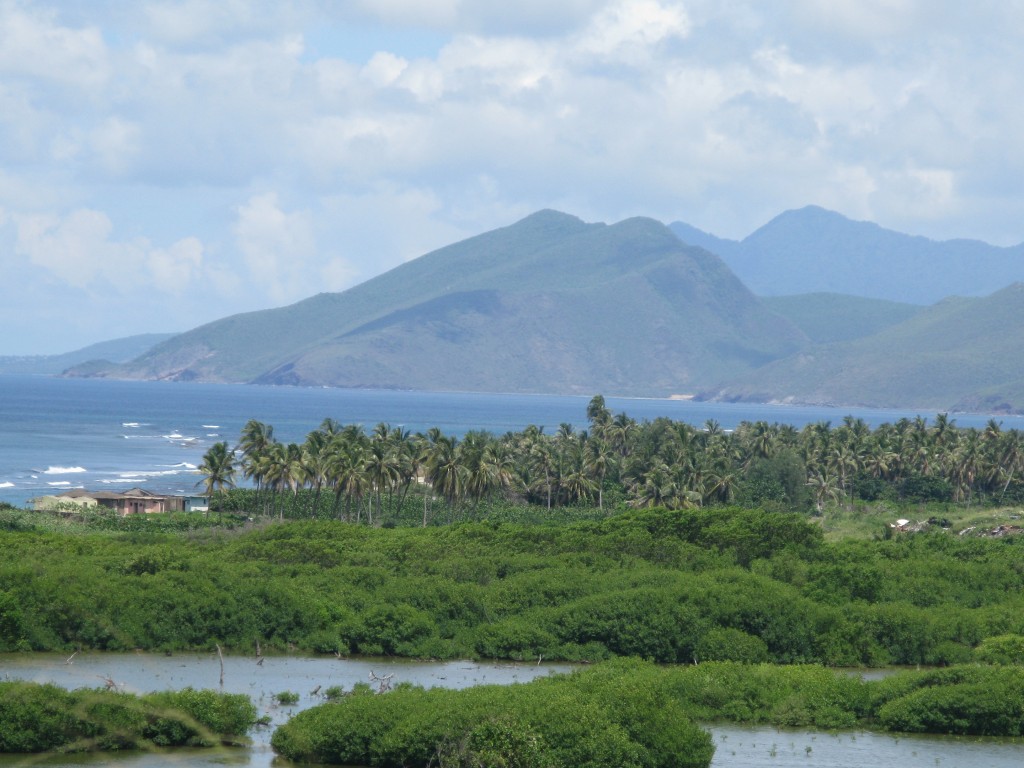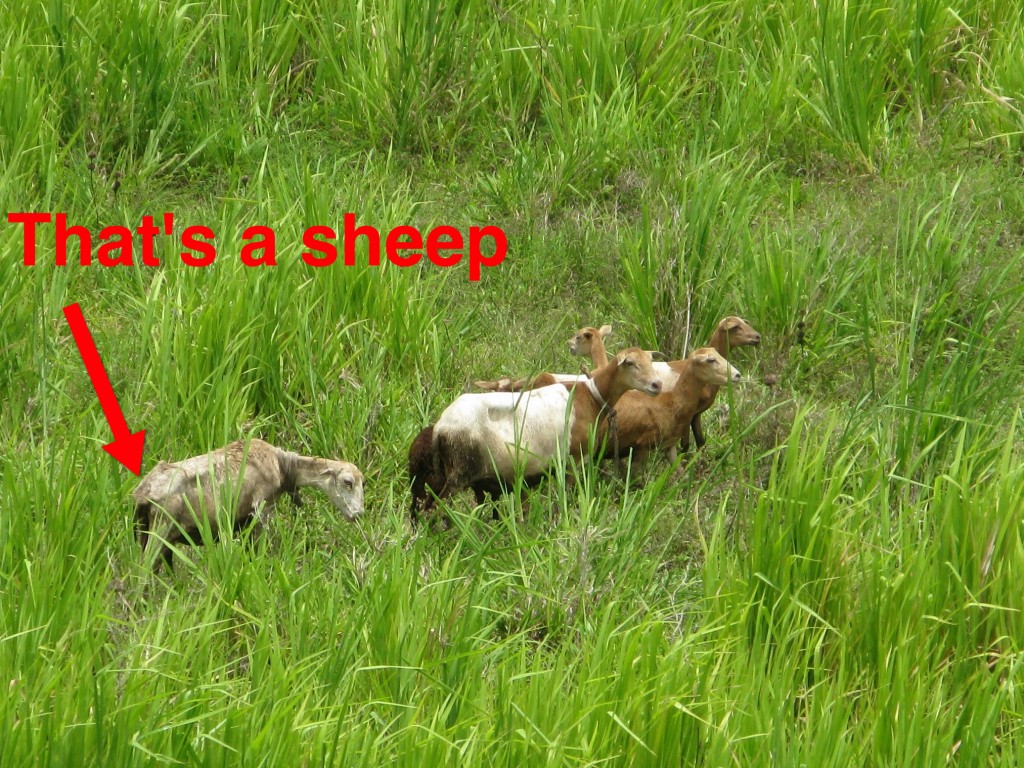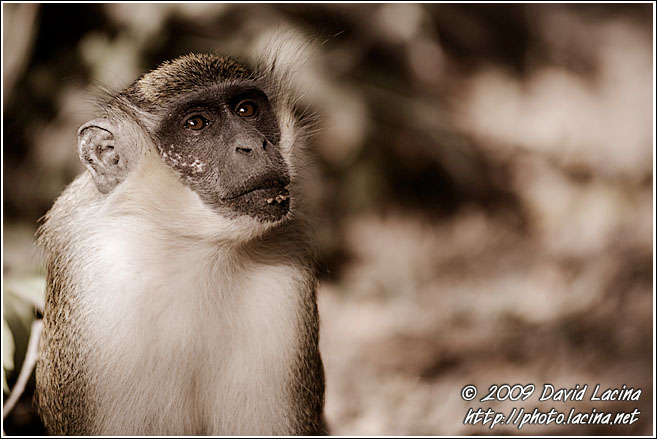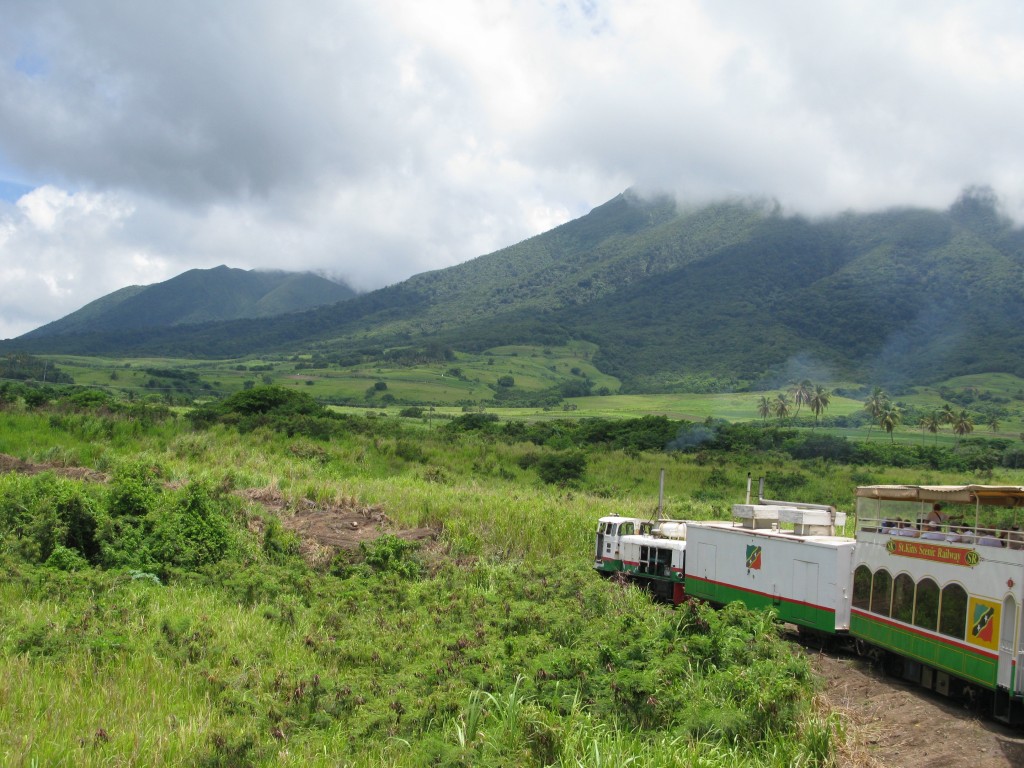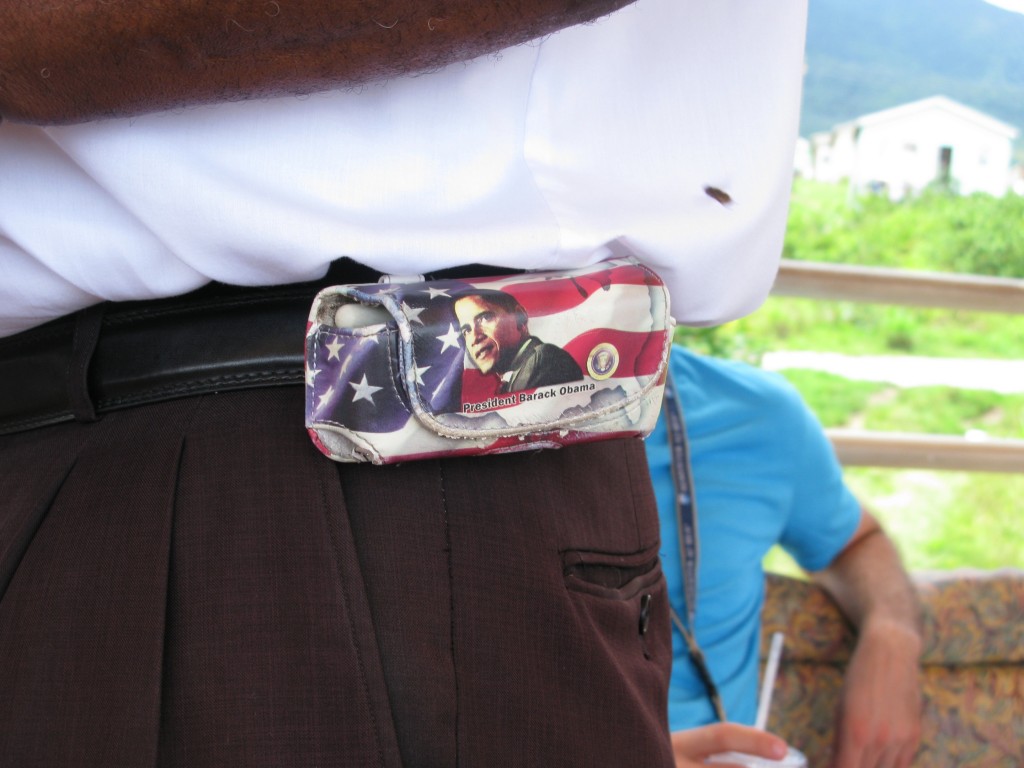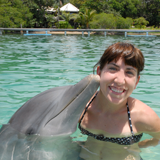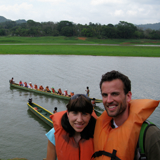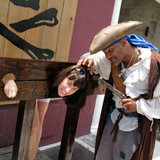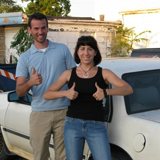The island of St. Kitts is a wonder to behold. Sugar plantation subsidies from Britain and the rest of Europe have dried up, so the country is in the process of switching primary industries from sugar production to tourism. Because the island remains largely undeveloped, its natural beauty and beautiful coastline is unmarred by highrise hotels and timeshare condominiums. Instead, the land is covered with a mixture of fallow sugar cane fields, volcanic jungles, and a smattering of tiny villages.
We started out our day with a short bus tour on the way to board an old scenic narrow gauge train that goes all around the entire island. We had a guide named Teddy who charmed a couple of our college students with his nickname “Teddy Bear”. Teddy mixed facts and descriptions about island history with down-to-earth humor and an endearing Kittsian accent–a charming island lilt peppered with British pronunciations. Everyone loved him.
One of Teddy’s helpful tips was about the myriad sheep and goats that roam all over the fields and roads of the island. The sheep have been sheered recently and since the two animals are very similar in coloring and general appearance, it can be difficult to differentiate them at a distance. Teddy made it easier: “De sheep have tails dat hang down loose, where de goats have tails dat stick out or up. So…dat’s how you tell the difference. If you kin see de ass, it’s a goat!”
St. Kitts is also known for its rich volcanic soil. The Carib name for the island is Liamuiga, which means “land of fertile soil.” Teddy says the soil is so rich that, “If you stand around in it too long, you’ll probably start growing, too. Everything grows here. Throw something out there, and it just starts growing.”
If they’re not involved in the blossoming tourism industry, many St. Kittsians are subsistence farmers. The fertile soil, warm weather, and manageable amounts of rainfall make subsistence farming easier than it might be in the states, but local residents face one difficulty that would be totally foreign to farmers around Indianapolis: green velvet monkeys. You think it’s hard to keep wabbits from eating your vegetables? Try defending your crops from a strong, clever, agile primate with opposable thumbs. The monkeys were brought to St. Kitts by the French in the 1600s as pets. Now they outnumber the humans 2-to-1 and are nearly impossible to keep away because they are a protected species. For a while local villagers tried to use dogs to keep them away. That worked for a while because at first the monkeys were scared of the dogs, but now they’ve learned to be friendly with the canines–so much so that they have been spotted riding around on the dogs’ backs from time to time!
The scenic train ride went all over the island, providing us with many picturesque vistas. A wonderful staff served us delicious piña coladas. Local residents waved and smiled to us in every village. A local a cappella group serenaded us with harmonic renditions of traditional island songs and old fashioned Christian spirituals (video below).
St. Kitts Scenic Railway from Sam and Shannon Bloomquist on Vimeo.

